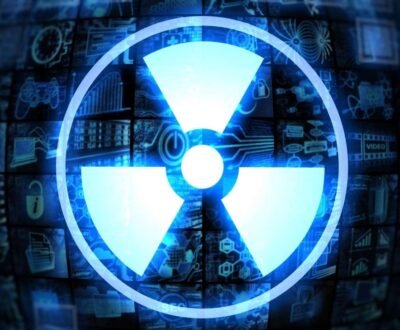Since last few decades, CT scan has been used as the most confirmatory diagnostic procedure in stroke patients. As compare to MRI, it is done in quick period of time with a lot more accuracy. MRI on other hand has an advantage over CT scan, when it comes to the picture quality.
Magnetic resonance imaging gives us top quality images and it prevents patients from radiation exposures. So, the only thing which doesn’t suit MRI is it slow speed as compare to CT scan which takes less time. But now researchers in Arizona and California have modernized the MRI technology with the help of parallel imaging techniques and faster imaging tools. Parallel imaging has further upgraded the picture quality of MRI scans by minimizing the artifacts and distortion in the pictures which were usually present in the previous echo planner imaging technique. This new protocol takes just six minutes in total to perform the MRI of the stroke patient. Study was performed on about 62 patients and about in 95% of cases, researchers were able to identify the ischemic changes in brain. Indeed, it’s a remarkable development in the field of medical health as ischemic changes can be diagnosed lot more quickly now with this rapid MRI technique.
The whole credit goes to the manufacturers of such machines who have enhanced both the hardware as well as the parallel imaging technique in this newer technology. This would greatly benefit the clinicians to diagnose the ischemic stroke patient with a better accuracy and a faster imaging technology.
About us and this blog
We are a teleradiology service provider with a focus on helping our customers to repor their radiology studies. This blog brings you information about latest happenings in the medical radiology technology and practices.
Request a free quote
We offer professional teleradiology services that help hospitals and imaging centers to report their radiology cases on time with atmost quality.
Subscribe to our newsletter!
More from our blog
See all postsRecent Posts
- Understanding the Challenges of Teleradiology in India January 19, 2023
- Benefits of Teleradiology for Medical Practices January 16, 2023
- Digital Transformation of Radiology January 2, 2023









